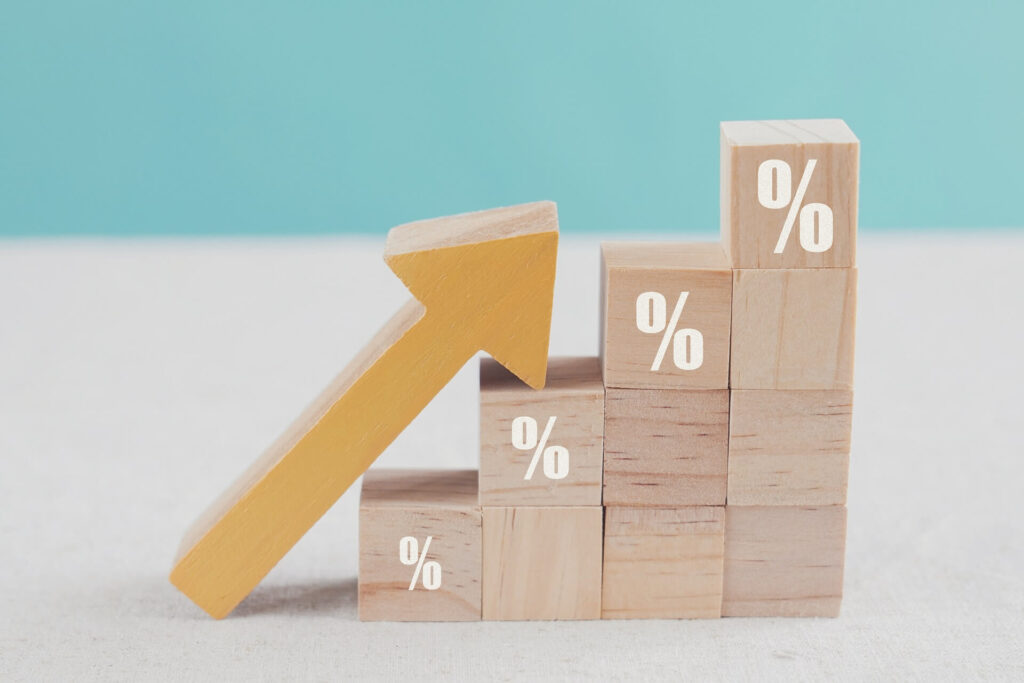How last minute retirement planning can be detrimental to the lifestyle you want to live.
Retirement in Australia as a concept has only been around since 1909, but so much has changed socioeconomically since then – the way we work, the way we travel, and the traditional family unit – that the current system, superannuation, often no longer sufficiently supports the average Australian.¹
It’s therefore often a good idea that people contribute to their own retirement fund for a period of, or throughout, their working lives. But if you haven’t started yet, what is the magic age to start saving for your retirement?
In this article we will explore how superannuation alone is often not enough to support peoples’ retirement goals, how much money people in varying situations need to retire, problems you may face if you don’t plan for your retirement on time, the best approach to retirement planning, and when to start.
What to expect from your superannuation
While most Australians have automatic superannuation funds that are contributed to by employers, it is still recommended by financial experts and by the ATO to top up your super, or make separate retirement savings arrangements, such as contributing to a savings account and making investments, as a nest egg in preparation for retirement.
As it currently stands, employers are required by law to contribute a minimum of 10.5% of an employee’s annual salary to their superannuation fund. This can either be voluntarily topped up by the employer, which is an option that’s often taken by businesses to attract new staff or retain employee loyalty.
Alternatively, you can arrange with an employer to make additional payments via your salary. You can also make arrangements to contribute further to your super yourself, as well as decide where your super money is invested to potentially increase your return.
While this is a theoretically sound retirement solution, it often does not result in enough funding to sustain the retirement lifestyles that many people desire in their later years. Superannuation also does not pertain to self-employed individuals, as they are not required by law to create or contribute any of their income to retirement funds of any kind. All in all, this makes the subject of saving for retirement a financially circumstantial minefield.
“The retirement income system is complex. Complexity, misconceptions and low financial literacy have resulted in people not adequately planning for their retirement or making the most of their assets when in retirement. People need better information, guidance and good, affordable advice tailored to their needs“.²
Everyone’s profession, financial situation, income, inherited wealth, lifestyle, desired lifestyle, and health are different – all factors which contribute to the age at which we ought to start planning for retirement.
How much money do I need to retire?
While the amount of money that you need in your retirement years is, as aforementioned, vastly circumstantial, the ASFA (Association of Superannuation Funds for Australia) has come up with average annual estimates for various lifestyles for Australians over 65 years old.
In the table below, we will outline these average annual estimates, alongside an approximation of the annual maximum Age Pension allowance. This is based on the current Age Pension maximum which consists of $1,026.50 per fortnight for individuals and $1,547.60 for couples.
| Individuals | Couples | Lifestyle expectations | |
| Age Pension | $26,689 | $40,237³ | The Age Pension only accommodates a very basic standard of living. |
| Modest lifestyle | $29,632 | $42,261⁴ | A modest lifestyle is considered to be more comfortable than the Age Pension alone, but without luxuries such as expensive trips abroad, etc. |
| Comfortable lifestyle | $46,494 | $65,445 | A comfortable lifestyle implies that a retiree can more or less live how they want (within reason) without having to worry about their finances. |
For many, these living costs may seem higher than expected. Especially when you consider life expectancy in that, on average, retired men aged 65 are expected to live 19.9 years in retirement, while women are expected to live 22.6 years in retirement.⁵
If we go by these figures, a single woman looking to live a comfortable lifestyle after retiring can expect to require roughly $1,050,764 in order to achieve their retirement goals.
If you don’t start saving early enough, and therefore fail to save enough, you face the risk of outliving your savings. This is known as “longevity risk”.⁶
Problems you may face if you fail to plan for your financial future
Starting retirement planning too late in life typically leads to these 3 common issues:
- You have to continue working longer.
The most obvious downside to not making plans for your retirement early enough is that, as long as you remain physically and/or mentally able to, you may be forced to work in your current role until later in life.
In some cases, if you fail to make sufficient retirement plans, you may be forced to come back out of retirement and into employment in a different role – which can be a difficult adjustment in your later years.
In worst case scenarios, you may never be able to leave the workforce. - You’re forced to take on unnecessary debt.
If you choose to retire with insufficient financial backing, are compelled to retire for health reasons, or are made redundant by your employer before you have saved enough for your future, you may be left with no other option than to take on debt. This could be in the form of refinancing your home loan, taking out a personal loan, or relying on a credit card.
As a retiree, you are perceived to lenders as a higher risk. You will often find it harder to meet loan eligibility requirements, and your interest rate will likely be higher. People who are not in employment are also frequently required to secure loans with assets – such as with a home loan refinancing arrangement – in order to qualify.
Another financing hurdle you may face as a retiree is that, due to your advanced age, lenders may be unwilling to offer you longer loan terms. Short loan terms mean higher repayments, which can make your finances more difficult to manage. - You’ll have a lower retirement income.
Another downside of starting to save for your retirement late is having a lower retirement income than you want. You may have enough to live on, but do you have enough to really enjoy your retirement?
While the concept of relying on money for happiness seems a sort of blasphemy, it is a very real fact of life that we have to accept. From enjoying nice holidays, to dining out, it is nigh-on-impossible to forge a fulfilling life for yourself without financial backing, and even more difficult if you are looking to support your loved ones along the way.
While there are budget-friendly solutions to retirement, such as shopping at the supermarket on pension day, applying for Centrelink payments, and looking to family members for financial support – these options might not appeal to everyone. - You may have to increase your exposure to growth assets.
If you find that you haven’t given yourself enough time to sufficiently save for your retirement, you may have to increase your exposure to growth assets in your super fund, or invest high amounts of money in stocks and shares, to try to rake in more money more quickly.
While this is more of a potential solution than a problem in and of itself, and is probably more palatable than the previously listed issues, there is a lot of risk involved with doing this.
The stock market is volatile, and always carries a sequencing risk, or an investment risk. This means that if the market takes an unfavourable turn, you could end up in a worse financial position than when you started.
Best approach to retirement planning
At the end of the day, the old adage “it’s about time in market, not timing the market” rings true.
To put it simply, the best approach to retirement planning is to start early. The earlier you start, the more you can save, and it’s always better to have too much than too little.
“Since we don’t know when retirement will start or how long we will live in retirement, there is no magic age to start planning for retirement. However, it is clear… that the sooner we start planning, the better.”⁷
If you are not sufficiently financially prepared for your retirement, you may face something known as “regret risk”.⁸ This is the risk that you regret aspects of your retired years – that you didn’t have enough funding, that you withheld from spending more after finishing your working life because you wanted to retain enough for later years, etc.
Having enough set aside in a retirement account to comfortably live on when you reach retirement age for the best life expectancy you can hope for is the ideal situation. While this may not be possible for everyone, getting as close to it as you can is the most advisable solution.
Please also note that it is always advisable when making these types of preparations to seek professional advice from a financial advisor. Our team at Finextra Wealth can help you plan your dream retirement . Get in touch today to find out more.
1 Fidelity International, ‘Retirement: The Now and the Then’ 2 (Reference from Key Observations and Overview page - Retirement Income Review (2019-2020) - https://treasury.gov.au/publication/p2020-100554 3 How much age pension you can get, Services Australia 4 Your 7-point retirement planning checklist 5 ‘How long you can expect to live, and what it means for your super’ 6 ‘The evolving retirement income landscape’, Generation Life, p.5 7 ‘Retirement: The Now and the Then’ 8 ‘The evolving retirement income landscape’, Generation Life, p.5
Want to enjoy your retirement and live comfortably? Get the expert advice you need to make your nest egg last the distance by contacting Finextra Wealth.
Book a free breakthrough strategy call with Heath Hebenton to find out more.




